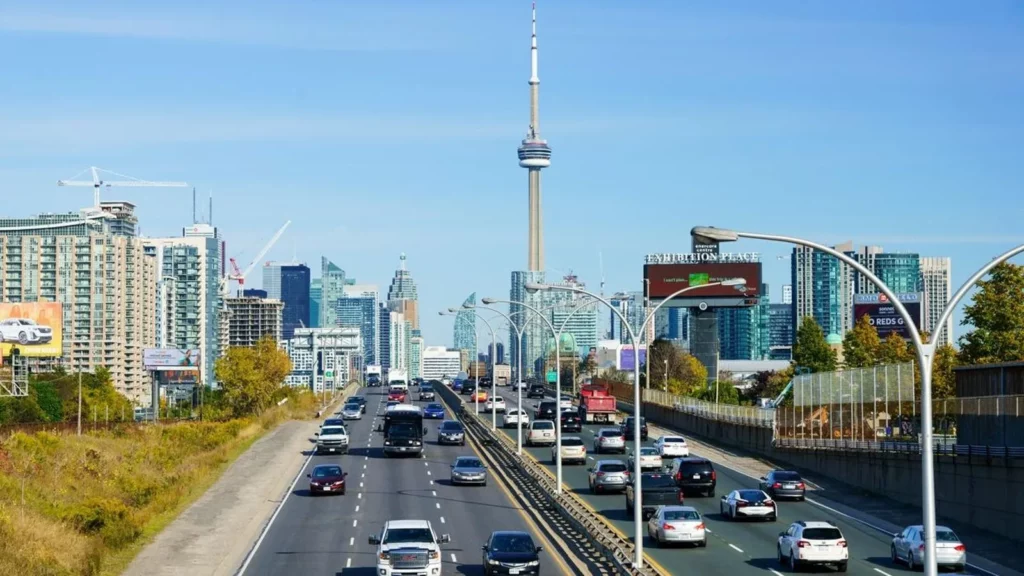
Could Tech Transform Public Transit Use to Lower Congestion in Canada?
As the Canadian population is expected to reach approximately 50 million by 2030, addressing transportation challenges has become a pressing concern. The country’s congested roads and underutilized public transit systems are major obstacles that must be overcome. However, innovative technologies can transform public transit use and alleviate congestion.
On-demand transit services have shown promising results in expanding service coverage and increasing ridership in low-density areas where traditional bus routes fail to meet the needs of residents. Research from Toronto Metropolitan University suggests that on-demand transit can expand service coverage by 70% in such zones and boost overall ridership by 30%. Furthermore, a pilot program in Belleville, Ontario, demonstrated a massive surge in ridership (300%) after replacing underused late-night fixed-route buses with on-demand service.
Despite the environmental benefits of on-demand transit, funding instability remains a significant barrier to its widespread adoption. Powell River, BC, had to terminate its pilot when provincial grants fell short in 2023, and similar initiatives are at risk of cancellation in Edmonton.
Incorporating ride-sharing apps into public transit networks can also enhance first- and last-mile connectivity by providing discounted or subsidized rides within a certain radius from metro stations. A case study in Riyadh demonstrates the potential impact of such an integration. The city’s new metro system was accompanied by a partnership with Uber to offer affordable fares for short trips, encouraging commuters to use public transit instead.
While this model can benefit cities like Toronto and Vancouver that have seen a decline in public transit usage, there are existing pilot projects that deserve consideration. In 2019, Metrolinx collaborated with Lyft to offer discounted rides to and from select GO Transit stations. Despite its successful conclusion, the initiative was discontinued. To build on these efforts, Toronto should explore comprehensive Mobility-as-a-Service (MaaS) platforms.
By integrating metro scheduling, payments, and ride-share bookings into a unified system, the city can unify trip planning and provide a seamless experience for users. Madrid’s Mobility 360 app serves as an inspiration, combining public transit and shared micro-mobility services to enhance mobility options.
It is crucial that Canadian cities adapt to the evolving needs of commuters by embracing innovative technologies like on-demand transit, ride-sharing integration, and MaaS platforms.
Source: https://www.forbes.com/sites/ankitmishra/2025/04/07/could-tech-transform-public-transit-use-to-lower-congestion-in-canada/


